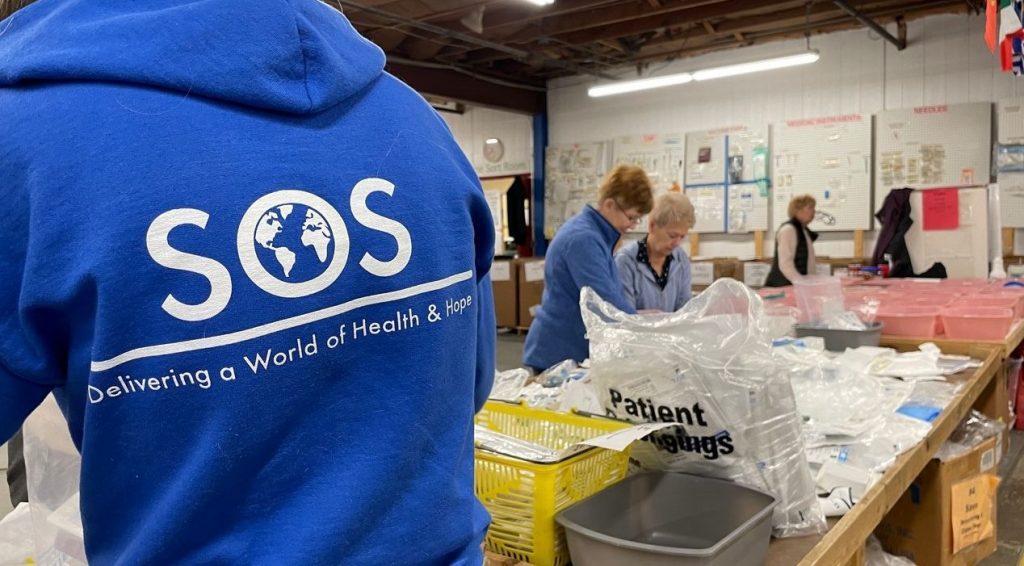Saving lives by providing the Right Drug Dose

Stanford engineers have created an experimental technology that can monitor and maintain drug levels in the bloodstream. It has been tested on animals; If it works in people, it could help deliver optimal dose of life-saving drugs and prevent overdosing or underdosing. Each body reacts to chemicals differently. And that could result in one person’s perfect dose and deadly overdose for someone else. With such variability, it is hard to prescribe the right amount of critical drugs.
A team led by Stanford electrical engineer H. Tom Sohand postdoctoral fellow Peter Mage has developed a drug delivery tool that could make getting the right dose of lifesaving drugs possible.
“This is the first time anyone has been able to continuously control the drug levels in the body in real time,” Soh said. “This is a novel concept with big implications because we believe we can adapt our technology to control the levels of a wide range of drugs.” In a paper published in Nature Biomedical Engineering, the group has proved this finding of continuous regulation of the level of a chemotherapy drug in living animals.
The technology consists of three basic components: a real-time biosensor to continuously monitor drug levels in the bloodstream, a control system to calculate the right dose and a programmable pump that delivers just enough medicine to maintain a desired dose. The system monitors and adjusts the flow of medicine continuously.
Even in cases of acute drug-drug interactions – that is known to cause wide swings in chemotherapy drug levels – the team found that their system could stabilize drug levels to moderate, avoiding threat to life. If the technology works as well in people, it could have big implications. “That could allow researchers to create an electronic system to replicate the function of the dysfunctional pancreas for patients with type 1 diabetes,” Soh said.
The team plans to miniaturize the system so that it can be implanted or worn by the patient. The current setup might not be useful for continual use. There are many hurdles to be crossed, but future is indeed exciting.

